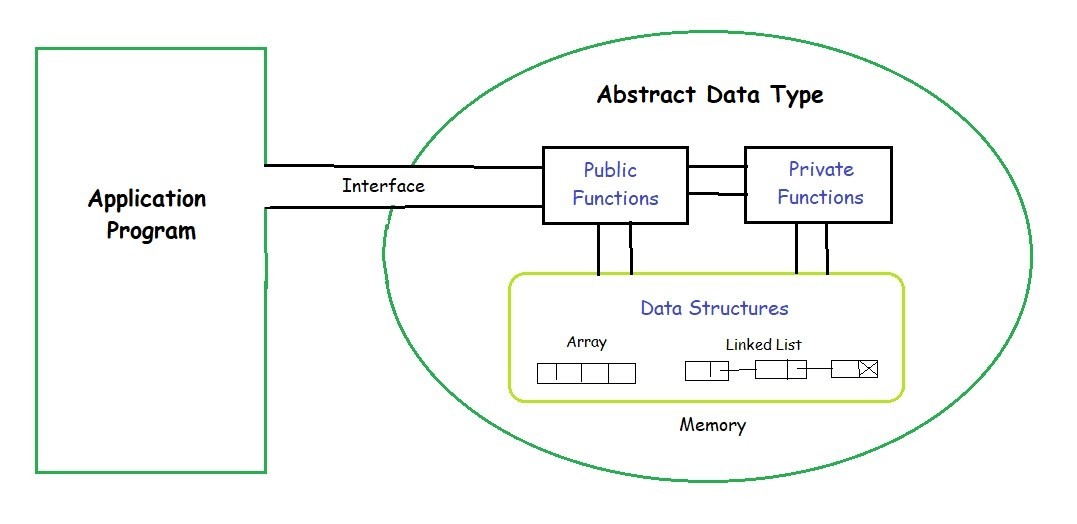
An Abstract Data Type (ADT) is a high-level, mathematical model that defines a set of values and a set of operations on those values without specifying how the data and operations are implemented. ADTs allow programmers to work with data structures in a way that abstracts away the underlying details, making it easier to understand and use data structures in software development.
There are several common types of Abstract Data Types, each tailored to specific use cases:
Stack:
Queue:
List:
Set:
Map or Dictionary:
Graph:
Tree:
Heap:
Hash Table:
These are some of the fundamental ADTs used in programming. Depending on the programming language and the specific problem you're solving, you may find other ADTs or data structures that are not listed here. The choice of ADT depends on the specific requirements of your application and the efficiency characteristics of the data structure for the given use case.
Thank you.